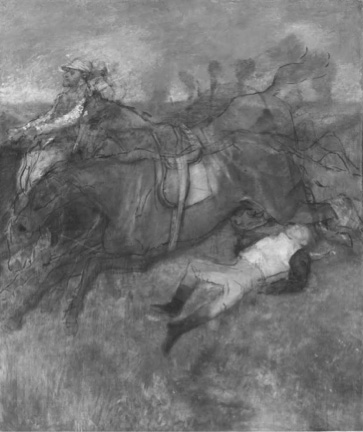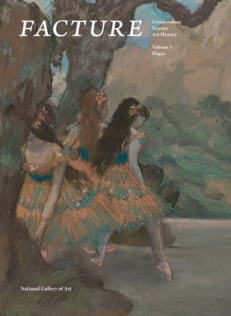Contents
Degas and Difficulty
Richard Kendall
The Question of Finish in the Work of Edgar Degas
Ann Hoenigswald and Kimberly A. Jones
Edgar Degas’ Wax Sculptures: Characterization and Comparison with Contemporary Practice
Suzanne Quillen Lomax, Barbara H. Berrie, Michael Palmer





